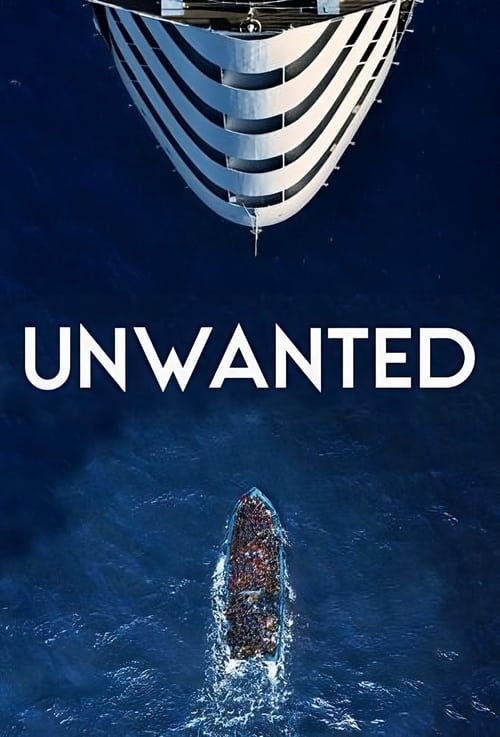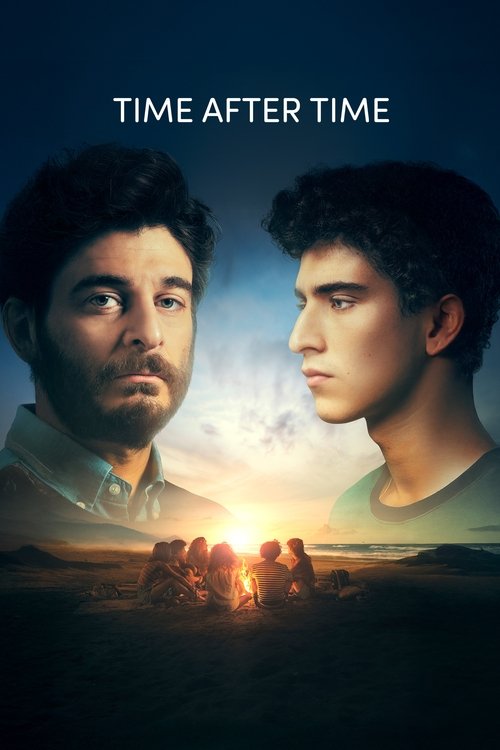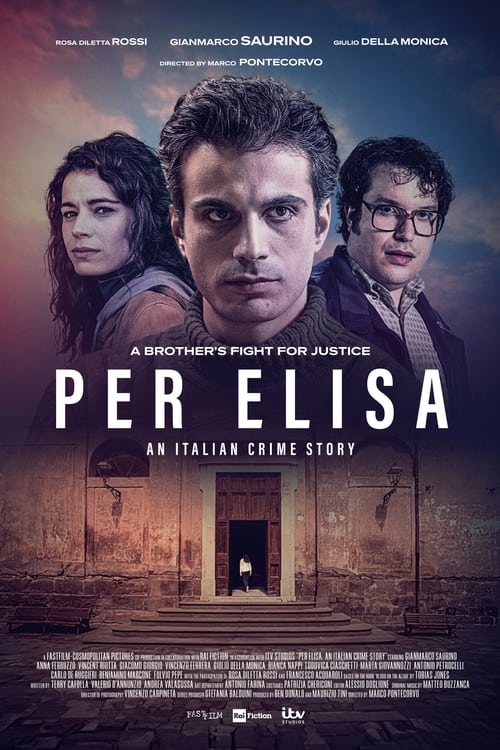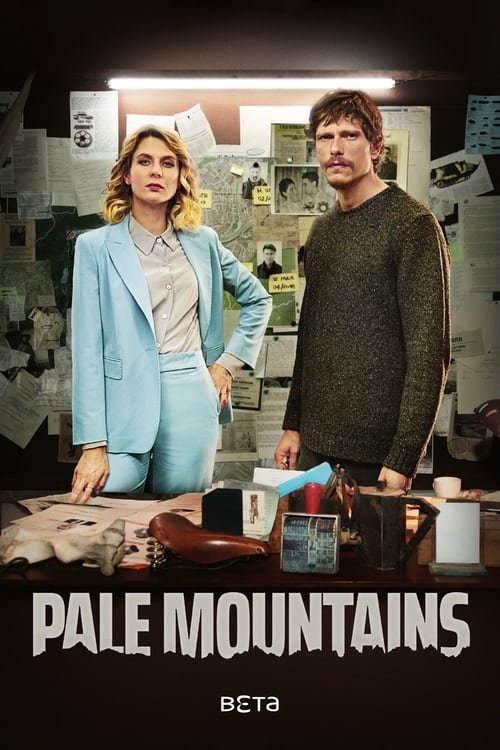
Ask Your Own Question
What is the plot?
In the coastal town of San Miguel, the story begins with Violet, a young woman who has recently returned home after years of living in the city. She is greeted by her childhood friend, Marco, who is now a local fisherman. Their reunion is bittersweet, as Violet carries the weight of her past and the memories of her late mother, who was a renowned marine biologist. The town is preparing for the annual sea festival, which brings back memories of Violet's childhood and her mother's passion for the ocean.
As Violet settles back into her old life, she discovers that her mother left behind a series of journals detailing her research on a rare species of sea turtle believed to be extinct. Intrigued, Violet begins to read the journals, which reveal her mother's deep connection to the ocean and her desire to protect its inhabitants. This discovery ignites a spark in Violet, motivating her to continue her mother's work and search for the turtles.
Violet's journey leads her to a local marine conservation group, where she meets Elena, a passionate activist who shares her mother's vision. Together, they organize beach clean-ups and educational workshops to raise awareness about marine life. During this time, Violet and Marco grow closer, rekindling their childhood bond. However, Violet struggles with her feelings, torn between her past and her new purpose.
As the festival approaches, Violet learns that a large corporation plans to develop a resort on the beach, threatening the local ecosystem and the turtles. Determined to stop the project, Violet rallies the community, using her mother's research to highlight the importance of preserving the marine environment. Tensions rise as the corporation's representatives dismiss their concerns, leading to a heated confrontation at a town hall meeting.
In a pivotal moment, Violet stands up to the developers, passionately presenting her mother's findings and the potential impact on the turtles. Her speech resonates with the townspeople, who begin to rally behind her cause. However, the corporation retaliates by launching a smear campaign against Violet, attempting to discredit her and her efforts. This takes an emotional toll on Violet, causing her to doubt her abilities and the validity of her mother's work.
Despite the setbacks, Violet finds strength in her community and the support of Marco and Elena. They devise a plan to gather evidence of the turtles' existence, hoping to prove that the development would endanger the species. They embark on a late-night expedition to the beach, equipped with cameras and research materials. As they wait patiently, they are rewarded with the sight of a nesting turtle, a moment filled with awe and hope.
With renewed determination, Violet and her friends compile their findings and present them to the town council. The evidence is compelling, and the council agrees to hold a public hearing to discuss the development. As the hearing approaches, Violet faces personal challenges, including her strained relationship with her father, who disapproves of her activism and wants her to abandon her mother's legacy.
The day of the hearing arrives, and the community gathers to voice their opinions. Violet delivers a heartfelt speech, sharing her mother's passion for the ocean and the importance of protecting it for future generations. The developers respond with aggressive tactics, but the community stands united, showcasing their love for the sea and its creatures.
In a dramatic twist, just as the council is about to make a decision, a storm hits the town, causing significant damage. The storm washes ashore debris from the construction site, revealing the corporation's negligence and disregard for the environment. This evidence sways public opinion further in Violet's favor.
Ultimately, the council votes against the development, citing the environmental impact and the community's overwhelming support for conservation. Violet's victory is bittersweet, as she reflects on her mother's legacy and the journey she has taken. The series concludes with Violet standing on the beach, watching the waves, feeling a deep connection to her mother and the ocean, ready to continue the fight for marine life.
What is the ending?
Is there a post-credit scene?
What motivates Violet to leave her hometown and pursue her dreams?
Violet is driven by a deep desire to escape the confines of her small-town life and to find her own identity. She feels stifled by the expectations of her family and community, which fuels her determination to seek adventure and self-discovery.
How does Violet's relationship with her mother influence her journey?
Violet's relationship with her mother is complex and fraught with tension. Her mother's traditional views and expectations create a sense of guilt and obligation in Violet, pushing her to rebel and seek independence. This dynamic serves as a catalyst for Violet's growth as she learns to assert her own desires.
What role does the ocean play in Violet's transformation throughout the series?
The ocean symbolizes both freedom and danger for Violet. It represents the vast possibilities that lie ahead, but also the fears and uncertainties she must confront. As she learns to navigate the ocean's challenges, it mirrors her internal struggles and growth, ultimately becoming a source of empowerment.
How does Violet's friendship with her fellow travelers impact her character development?
Violet's friendships with her fellow travelers are pivotal in her journey. Each character brings unique perspectives and challenges that help her confront her insecurities and fears. Through these relationships, Violet learns the value of trust, vulnerability, and the importance of community in her quest for self-acceptance.
What internal conflicts does Violet face as she pursues her passion for art?
Violet grapples with self-doubt and the fear of failure as she pursues her passion for art. She struggles to reconcile her artistic ambitions with the expectations placed upon her by her family and society. This internal conflict drives her to seek validation and ultimately leads to moments of profound self-discovery.
Is this family friendly?
"Violet Like the Sea," produced in 2022, is a visually stunning and emotionally charged series that explores themes of love, loss, and personal growth. While it has a captivating narrative, there are several aspects that may be considered potentially objectionable or upsetting for children or sensitive viewers.
-
Emotional Turmoil: The show delves deeply into the characters' emotional struggles, including grief and heartbreak, which may be intense for younger audiences.
-
Family Conflict: There are scenes depicting familial disagreements and tensions that could be distressing, particularly for children who may relate to the family dynamics.
-
Loss and Mourning: The theme of loss is central to the story, with characters experiencing the death of loved ones, which could be upsetting for sensitive viewers.
-
Romantic Relationships: The portrayal of romantic relationships includes moments of heartbreak and betrayal, which may not be suitable for younger viewers.
-
Visual Imagery: Some scenes may contain visually intense moments that evoke strong emotions, which could be overwhelming for children.
-
Mental Health Themes: The series touches on mental health issues, including anxiety and depression, which may require a level of maturity to fully understand and process.
Overall, while "Violet Like the Sea" offers a rich narrative experience, its emotional depth and mature themes may not be suitable for all audiences, particularly younger children or those sensitive to such topics.





























